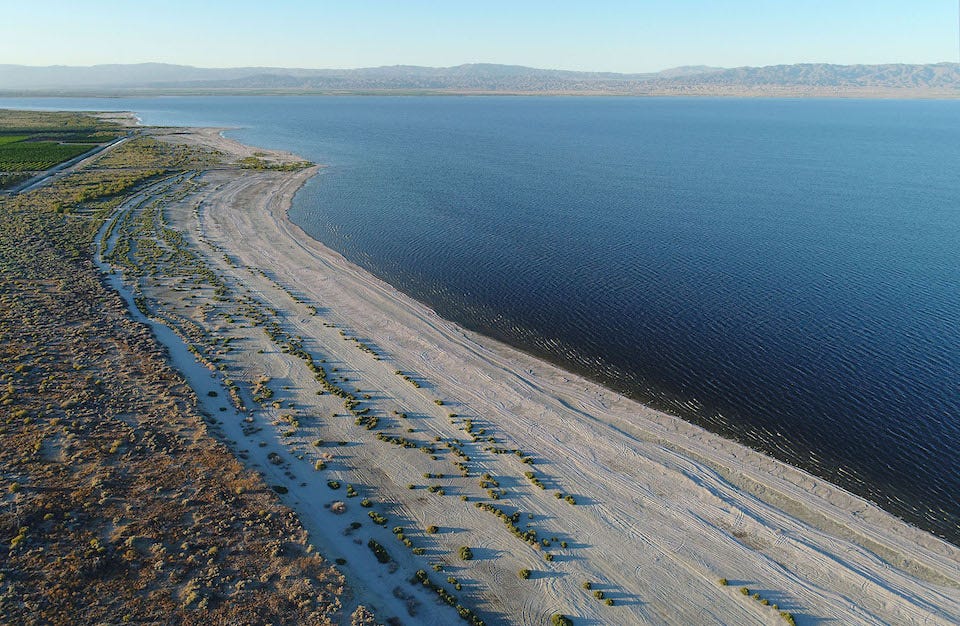
A canopy near the dying Salton Sea of California, next to a geothermal power plant, reportedly covers huge vats of salty water that was left behind due to the drilling of super-hot liquid from the depth of underground to run steam turbines. These bats have been connected to tubes to throw out a liquid that resembles dishwater. In reality, is Lithium, the critical rechargeable battery component and undoubtedly the remaining hope of the depression regions to witness a revolutionary economic revival.
The rising demand for electrically fueled vehicles has rampantly shifted the majority of investments to put to use to extract the Lithium component from brine, and this salty water has been continuously overlooked and quote reluctantly pumped back to the underground since the first establishment of a geothermal plant in the region, in the year 1982. In this present scenario, what is more valued is the byproduct enriched by mineral content rather than the steam used to generate electricity, trying to reciprocate the damage caused. Here is a real story of Lithium fuels.
The roots of the scenario
This is reported as California’s largest lake and one of the most rapidly shrinking ones, beckoning forefront efforts to entitle the US as a major global player in the production volume of ultralight metallic substances. Despite the existing large deposits of such in the US itself, Nevada is the only place to host a rich Lithium plant, and America undoubtedly is far behind in the race than Australia, Chile, Argentina, and China.
This environmental ruin is going on for decades and has repeatedly failed the economic promise, leaving behind some residents on the decayed shores of the Salton Sea indifferent.
The history of the issue
The formation of the Salton Sea took place in the year 1905, marking as a natural phenomenon the outcome of the Colorado River breaching a dike, resulting in two years of consistent and continuous flooding, filling up a sizzling basin. The 1950s witnessed the lake thriving as an attractive tourist destination of amusement, drawing in anglers, boaters, and even high-end celebrities, like Frank Sinatra.
However, the destructive storms in the 1970s destroyed all the resorts and marinas built to support tourism. This flood almost wrecked down several tiny houses situated in Bombay Beach, a former resort town. The drying of the water was followed by forming an apocalyptic atmosphere, eventually attracting artists from around the world.
The level of the lake recorded the highest in the year 1995, with almost little to no rain, but since then is evaporating at an excessively rapid rate, even faster than the Colorado River water, which is seeping down the hills through the farms, replenishing, for which the farmers are trying to conserve water actively.
Hence, the situation is critical. Moreover, it has been critical for years. But it’s never too late to mend the damage done if the damage redressal is a consistent process. Hence, awareness needs to be raised on it.
